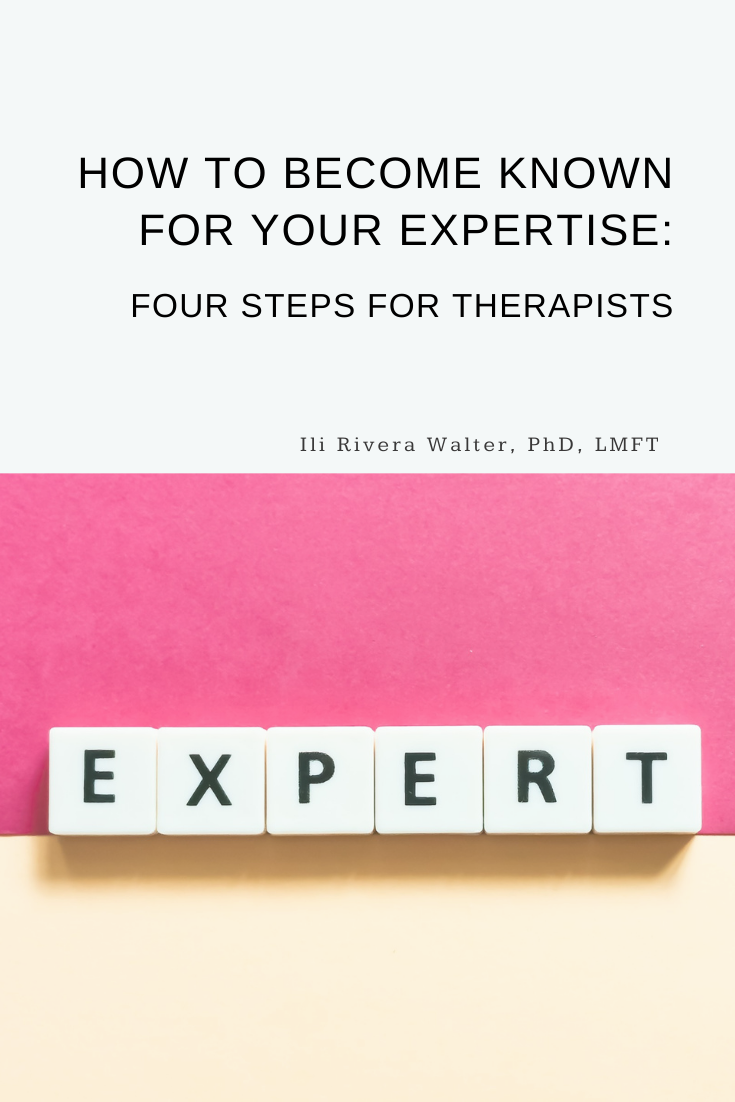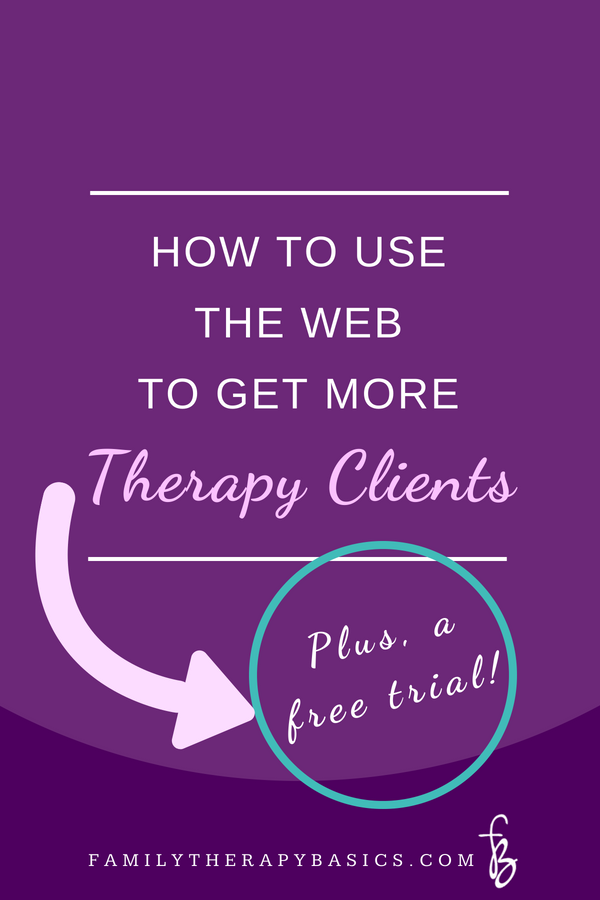This month's masterclass in The Refreshed Therapist Network (RTN) is on email list-building and marketing for therapists. >> Learn more about RTN here.
When I first started in private practice, I put up a website and signed up for MailChimp. I embedded a newsletter sign-up on my site, even though I had no idea what information I would be including in that newsletter, or how often I would be sending it. As you can imagine, I didn't get many subscribers. At the time, I knew that having a newsletter was a good idea, but I didn't understand the purpose of an email list. Over the years, I've learned why an email list matters for therapists, and for any person with a message worth sharing.
Why you need an email list
If you have an area of expertise or a message that you believe can make a difference in people's lives (whether or not you own a business), you should be building an email list. An email list includes a group of people that have given you permission to contact them with updates about your project (products, services, etc.); as a result, they are a community interested in what you are doing. By simply building an email list, you can reach your target audience and establish a platform.
How to get started with an email list
Many therapists do what I did--they post a sign-up for a generic newsletter, and forget about their list, save for emailing them once per month with announcements. But, building a list should include a plan for reaching your target audience with information that matters to them and you're passionate about providing. Here's how to get started with an email list that will make a difference for your work as well as your subscribers:
1| Choose a topic
You don't need a website or business, but you do need a topic and way to collect email addresses. A topic is typically an area of expertise; for example, couple communication. It can also be a project; for example, if you are moving across the country and want to provide information about your transition.
2| Decide on your content and schedule
What information will you be providing, and how often? This is your offer. Your future subscribers will give you their email addresses in exchange for your offer. Examples of common offers include:
A weekly blog post
A giveaway or discount
A free download
A newsletter
If you're already blogging, a blog post is an easy way to get started; send each blog post when you publish it. If you're not blogging, a newsletter is a simple option that can include updates on your project, along with useful content and other exclusive offers for your subscribers. A newsletter can be anything you want it to be--include your best tips, answer questions, share ideas. Remember to send information that matters to your subscribers and not only a summary of what you're doing. Your subscribers will remain on your list to the degree that you provide value.
Also, even if a subscriber signs up for your list to receive a one-time download, it's necessary to stay in touch with that subscriber by sending emails consistently to your list. In other words, your existing list must be nurtured regularly. Typically, a weekly email keeps subscribers engaged and helps them remember who you are, what you have to offer, and why they signed up for your list.
3| Contact your network
Set a goal: Decide how many subscribers you want to have as a kick-off goal; for example, 50 subscribers in 2 weeks. This will keep you focused on building your list, and you'll see quick growth as a result.
In order to build your list, reach out to contacts already in your network. Let them know about your offer, and ask them if they'd like to sign up for your list. Post your offer on your social media platforms, and see what happens. You may reach your goal in no time!
If you are seeing therapy clients, and you are responsible for the informed consent, include a section on signing up for your email list, and give clients an option to opt-in as subscribers. Of course, follow all HIPAA, state laws, and ethical guidelines when contacting your list, if it includes current or past clients.
Collect email addresses: Use a simple way of collecting email addresses, such as manually importing your subscribers into a list in your email system (e.g., Gmail, Outlook, Apple mail, etc.), or sign up for a free version of an email marketing system (e.g., MailChimp, Constant Contact, etc.).
Summary
Building an email list is not only for therapists in private practice; it is for you if you want to expand your services, establish a platform for your message, or eventually work for yourself. These initial steps can help you get started with building an email list, and as a result, connecting with a community of people interested in what you have to offer.
FREE EMAIL LIST QUICKSTART CHECKLIST
I've added a checklist to help you create a plan for starting your email list, to the free resource library.













